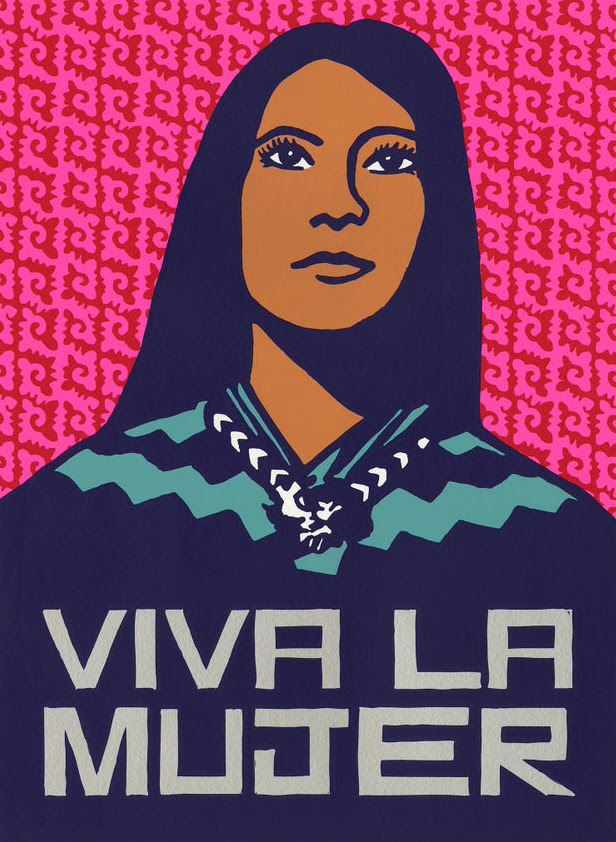This month, as we celebrate Women’s History Month and prepare to mark International Women’s Day on March 8, we are called on to imagine a world where women across all intersectional identities have equal access to opportunities, income, safety, political representation, and choices.

Throughout our history, despite seemingly insurmountable barriers, women across the globe have strived and sacrificed to be seen for our capabilities, and fairly valued for our contributions. Women of all intersectional identities have organized and been a part of many movements to gain equal rights, and to advocate for reforms that impact everyone, including safe working conditions and labor practices, improved accessibility for people with disabilities, obtaining and protecting voting access, and other civil rights. However, women—here in the U.S. and around the world—continue to face epidemics of sexual and gender-based violence and harassment.
Yesterday, President Biden signed the Ending Forced Arbitration Act, a landmark piece of legislation spurred by the #MeToo movement, ending the use of hidden language in contracts that prevented employees from suing in the case of sexual assault or harassment. It is a victory, with so many more battles ahead.
March 24 is All Women’s Equal Pay Day, the day that marks how far into the new year women must work to be paid what men were paid the previous year. On average, women are paid 82 cents for every dollar men are paid. Disaggregating the data shows a deeper disparity.
Asian American women are paid 85 cents for every dollar white men earn, making March 9 their Equal Pay Day. For Black women, Equal Pay Day doesn’t come until August; for Native American women, it’s September. For Latinas, the date comes near the end of October, with their average pay being 57 cents for every dollar paid to white men. The disparities do not stop there.
Women with disabilities make 72 cents for every dollar paid to men with disabilities; but as a whole, people with disabilities make only 68 cents for each dollar earned by able bodied people. Mothers earn 75 cents for every dollar fathers make. There is not precise national data on equal pay for lesbian, bisexual, queer, or trans women, indicating our need to advocate to include all of our sisters in the data.
Important research insights uncovered by our faculty point to real-world solutions to pay inequity. In a recent op-ed in the Wall Street Journal, Professor Laura Kray and post-doc scholar Margaret Lee highlighted their findings that women are given smaller teams to manage on average than men, which contributes to the pay gap; Kray is working with Dean Harrison to dig into why the pay gap between men and women MBA graduates increases over time. Assistant Professor Solène Delecourt is studying inequities in business performance; three of her recent studies have pinpointed the factors that cause women-owned businesses to underperform men’s around the world, and how that can be fixed. Former Dean Laura Tyson was the co-author of a key UN report on women’s economic empowerment. Kellie McElhaney, founding director of the Center for Equity, Gender, and Leadership (EGAL) and EGAL Assistant Director Genevieve Smith co-authored a teaching case focused on the importance of pay transparency in closing the gap.
We know the progress toward equity took a giant step backwards during the pandemic. By the end of January, men in the U.S. had regained all of the jobs they had lost since February 2020. But 1.1 million women who left the labor force during the same time had yet to return, pointing to long-standing structural inequities (with caregiving responsibilities topping the list) that make it harder for women to return to work. Recognizing that women in heterosexual dual-career couples, with or without children, still do most of the household/care work, EGAL developed 7 evidence-based ‘plays’ to support dual career couples.
Burnout brought on by the pandemic has pushed many women to reevaluate and identify new approaches to career and personal life. That re-evaluation is the focus of this weekend’s “Re:set, Re:imagine, and Re:build,” the 26th annual Women in Leadership Conference at Haas. Conference organizers intentionally have integrated intersectional identities throughout the program. The conference will be held tomorrow, March 5, in Chou Hall’s Spieker Forum. You may register here.
We have incredible representation of women in senior leadership roles at Berkeley Haas, including our Dean, our chief operating officer, our chief financial officer and several assistant deans and program directors. Yet we have more work to do to achieve balanced gender representation among our faculty and students. Our senior leaders are working to continue to foster a climate of belonging, and strategizing on outreach, recruitment, and yield to increase representation of women among our faculty and students.
As we celebrate International Women’s Day and its theme #BreaktheBias, I treasure all of the accomplishments of women around the world and I am grateful to have benefitted from the progress achieved by those who came before me. I also realize that “la lucha sigue” (the struggle continues), as we say in my community. Women with multiple marginalized identities often have even longer, bumpier roads to travel.
We each have the responsibility to continue unlearning the gender bias we have absorbed throughout our lives and we must hold ourselves accountable at an individual level. We have the power to use our leadership to create structural changes at all levels. Collectively, working together, let’s #BreaktheBias.
Sí se Puede,
Élida
Resources for further learning:
Promoting an Equitable Learning Environment
Missing and Murdered Indigenous Women
National Domestic Workers Alliance
“Viva La Mujer” image credit: Jesus Barraza and Melanie Cervantes